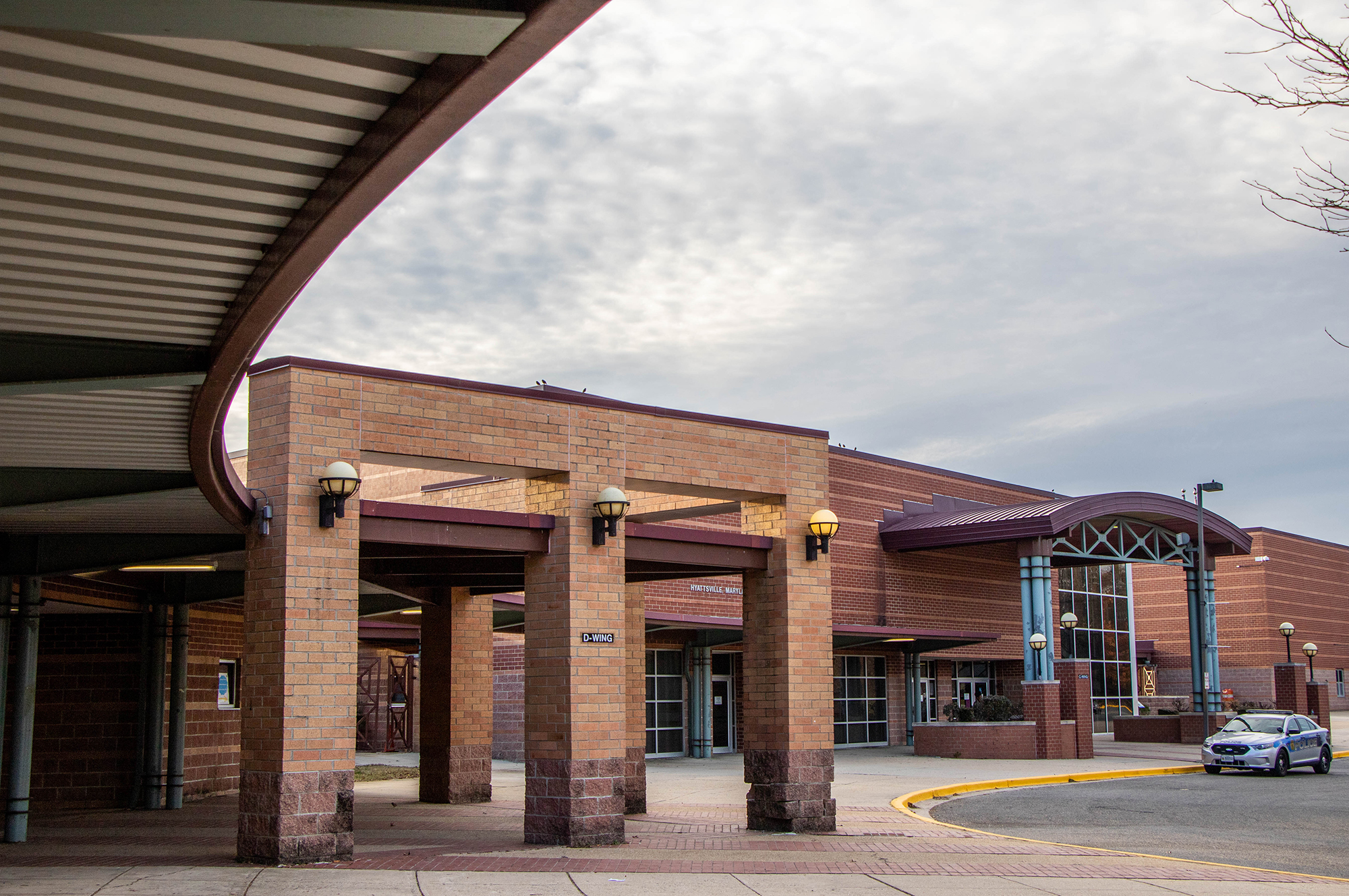Views expressed in opinion columns are the author’s own.
Having worked as a reading mentor in the Prince George’s County public school system since August, I have met a wide range of students with individual strengths and struggles. Each comes from a different background. Some have access to stocked bookshelves and one-on-one reading time with parents or older siblings. Others are less fortunate, having to work and struggle independently. With the district’s schools operating online until at least December, many students are losing out on pivotal in-person instruction and resources that can make the difference in teaching foundational skills such as reading.
While online classes create a slew of new obstacles for children and teachers alike, Zoom is not what stands in the way of district-wide success. The technology gap — the difference between those who have access to daily computer use and those who do not — divides Prince George’s County in two, excluding countless children from truly continuing their education during the pandemic.
With over 133,000 enrolled students in the 2018 school year, 80,000 of whom received free or reduced-price meals, the Prince George’s County public school system is the second largest school district in the state. Yet, only about 60 percent of students in the county had access to daily internet use by June 2020 — meaning that nearly 40 percent of students looking to continue their education online had to find access to expensive and reliable technology.
When the county’s students do not have access to devices for the six-hour class days they are meant to attend, teaching becomes ineffective. And even when students have short-term access to technology, online education has been shown to only be effective when students have consistent access to computers.
Though some initiatives have been made to help those most in need, like distributing 60,000 Chromebooks to students, it is still not enough to bridge the gap between students. When only a portion of the county’s students are given support, it leaves thousands of those who are less fortunate in the dark and creates a division between those who are privileged and those who are not.
When a previous survey was administered to the community, many parents had expressed concern over its misleading structure. The survey only asked if a computer was available in the home, not if the child had access to one during school and work hours.
A new survey should be structured in a way that does not overlook students in households with a computer or tablet already; as expressed by many parents, even households with access to technology are finding it challenging to help students access class when the parents also need the computer for remote work. The survey must take these scenarios into consideration, as well as individual financial situations and other extenuating circumstances.
And if laptops cannot be provided to all students, online instruction should simply not continue. The longer the tech divide persists, the greater the learning gap between students will become. When almost 40 percent of all students in Prince George’s County have unreliable or no access at all to daily internet use, continuing to teach only sets up a privileged group for success while the majority of students are left to struggle.
To bridge the divide between students, the school district should opt for a plan that provides the most in-need students with technology. If Chromebooks and other resources are distributed at random, those who are better off may now have resources that are unnecessary to them.
In surveying the community and allocating resources in terms of need, the district can move one step closer to achieving justice for its students. When certain students can access classes and instruction and others cannot, many are left behind as a result of a situation that is out of their control. And at a time when division is all we know, uniting, guiding and providing for students is crucial for district-wide success.
Gabriella Kurczeski is a junior English and psychology major. She can be reached at gkurczes@terpmail.umd.edu.



